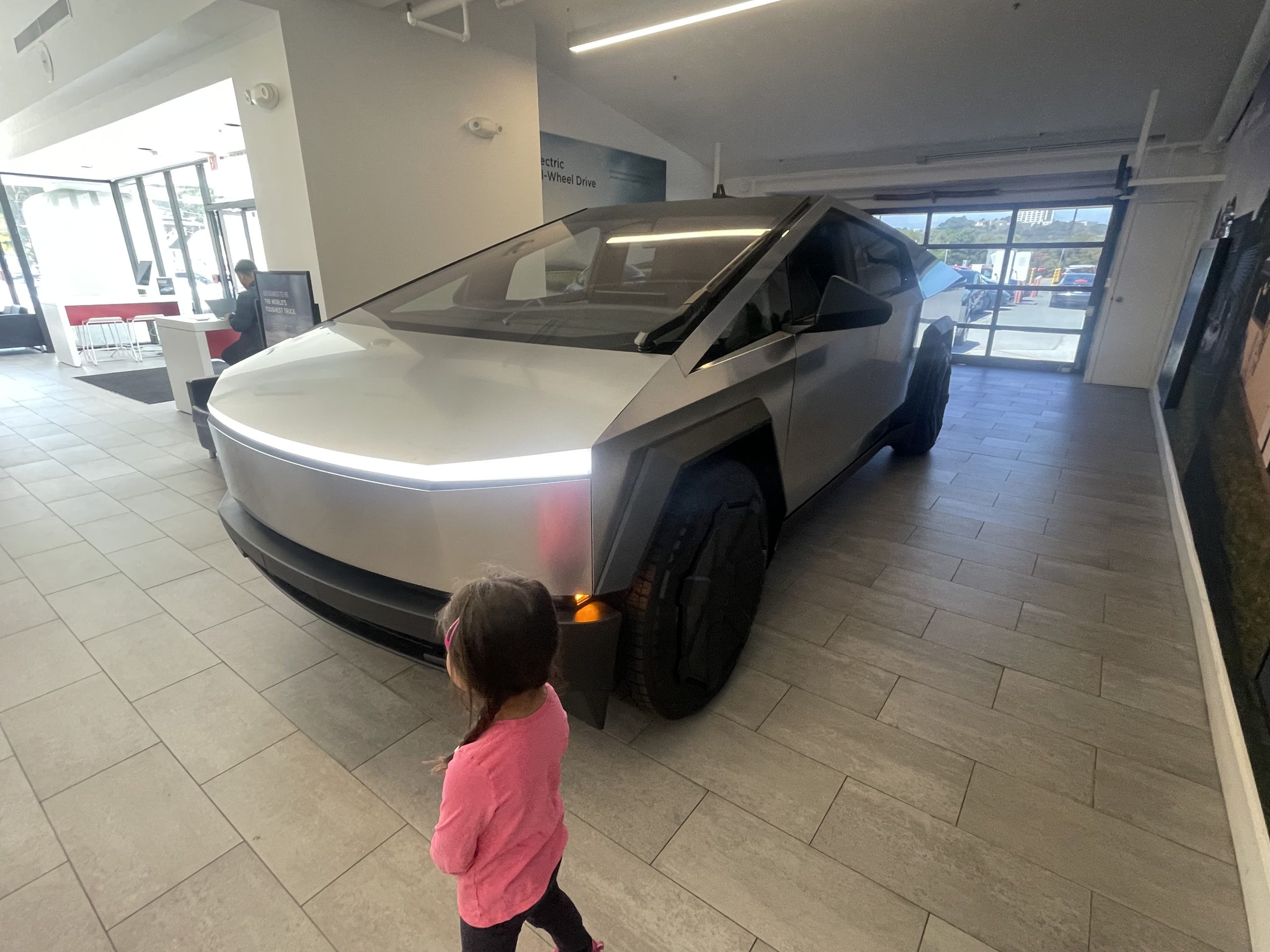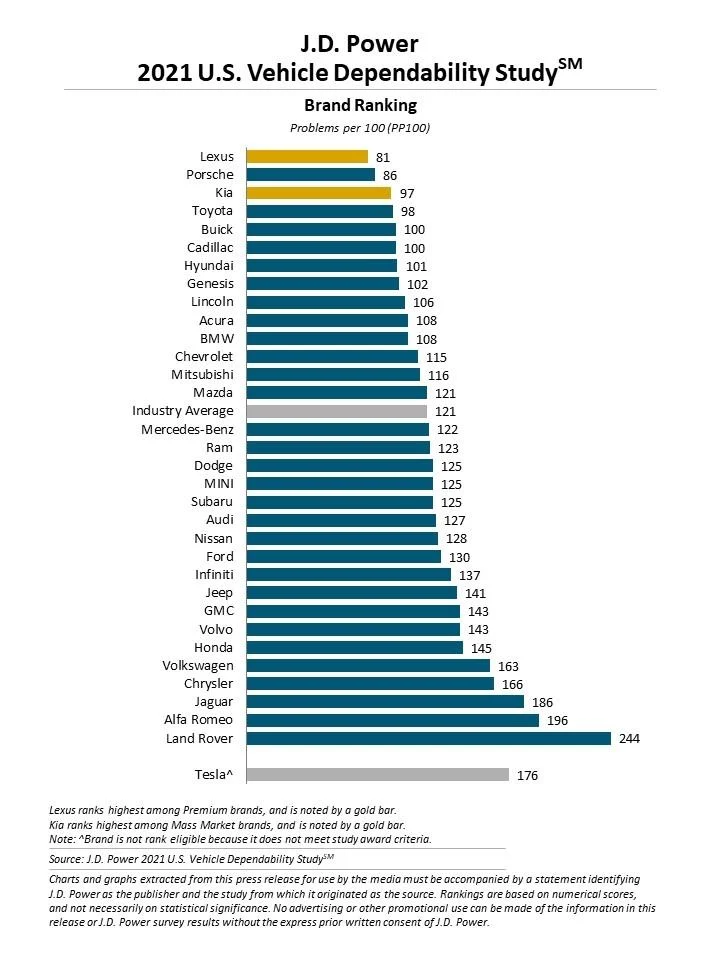Cheapest To Most Expensive Car Brands To Maintain Long Term

Amidst a recent whirlwind of car maintenance expenses with my trusty nine-year-old Range Rover Sport, I embarked on a quest to find the most budget-friendly car brands for long-term upkeep. With my finances feeling the pinch, I’m on a mission to squirrel away as much cash as possible over the next three years to regain some financial freedom.
Thankfully, Consumer Reports recently released its Annual Auto Survey, polling members on their maintenance and repair expenses over the past year. Here’s the lowdown:
According to the data, Land Rover takes the crown as the most expensive car brand for long-term maintenance! Whoo hoo! While I’ve always championed striving for the top spot in something, I can’t say I’m thrilled to discover that I’m driving the priciest vehicle to maintain.

The Cost of Car Maintenance Is Outrageously Expensive
The survey question may leave us scratching our heads: Did respondents really spend that much on maintenance and repairs in just one year, or is it a cumulative expense over the vehicle’s lifespan per five-year segment?
The figures likely represent total expenses over periods like 1-5 years or 6-10 years. I mean, let’s be real, no average Range Rover owner is shelling out $15,000 a year for five years straight! Instead, they’ve likely spent $15,000 over a five-year period on repairs and maintenance.
Either way, from the cheapest to the most expensive, every cost after the five-year mark seems exorbitant. I may have to rethink my belief that the ideal length of time to own a car is 10 years. Or at least, if one plans to own a car for the long term, to consider not owning a luxury car brand.
The Unexpected Champions of Car Affordability
As a long-time Tesla shareholder, I’m happy to see it emerge as the most budget-friendly car brand for both short and long-term maintenance. Plus, having a Tesla charger built into my new home is nudging me toward considering one for my next ride.
That said, Tesla’s lineup could use a refresh. Aside from the Cybertruck, their models feel outdated and lackluster. Where’s the Roadster and Model 2 already? Everyone seems to be driving a Tesla these days, and the novelty has worn off faster than a Civic on cruise control.
Buick, Lincoln, Ford, and Chevrolet popping up among the top 10 cheapest car brands to maintain is quite the revelation. U.S. automakers don’t enjoy the best reliability reputation, so this Consumer Reports revelation might just sway some skeptics.
I’ve got my eye on the new Jeep Grand Cherokee once it gets a redesign. It’s one of those cars that takes me back to my high school days. Back then, only the rich kids rolled 4Runners and Grand Cherokees; I was stuck pedaling my bike or driving a beat-up Toyota FX16 hatchback.
Land Rover takes the crown as the priciest brand to maintain, a title that’s not surprising. Following closely are the likes of Porsche, Mercedes-Benz, Audi, BMW, and Volvo. While Porsches may boast reliability, you’ll have to dig deep into your pockets to keep that luxury running smoothly.
Having owned a Mercedes G500, BMW M3, and Volvo 850 GLT in the past, I can vouch for their penchant for issues, not unlike my current Range Rover Sport. It seems “luxury” comes with a hefty maintenance bill, no matter the brand.
At least I’m not just driving my Land Rover to the supermarket. In addition, I’m constantly loading it up to do some landscaping work on my properties.

Perception Of Car Reliability and Maintenance May Be Influenced By Wealth
Ever found yourself pondering why people still flock to buy cars from Land Rover, Porsche, or Mercedes-Benz despite their hefty maintenance bills? It’s a head-scratcher for anyone who values both their money and their time. After all, opting for a Toyota, Tesla, or Hyundai seems like the more rational choice.
Yet, the allure of performance, aesthetics, prestige, brand value, uniqueness, and sheer fun keeps these luxury brands flying off the lots. It’s a mystery why some carmakers don’t focus on crafting stylish, enjoyable rides.
For me, back in December 2016, the Range Rover Sport stole the show as the SUV with the best looks. Add with its stellar interior and top-notch four-wheel drive for family ski trips to Tahoe, I was sold. Had the Toyota Highlander Or Honda Passport matched its allure and capabilities at a fraction of the price, I might have gone that route to save on maintenance costs.
But here’s the kicker: no matter the brand, unless you snagged a lemon, your car will age and wear down like the rest. However, if you’re financially stretched thin, every little hiccup may feel like a major meltdown!
I know because as I was living paycheck to paycheck for six months, every house and car maintenance expense felt like an unfortunate disaster. It was as if I was cursed.
When Money’s Tight, Complaints Run Rampant
The folks griping about luxury car reliability and maintenance likely find themselves in the financial pinch zone. Perhaps most can’t comfortably afford these rides, perpetuating a cycle of discontent.
It’s akin to the parent bemoaning private school tuition costs at every social gathering. The constant complaints stem from financial overstretching. Meanwhile, the parent who followed my grade school education advice in Buy This Not That sails through without a fuss.
Or think of the entitled alumna from a pricey private grade school and Ivy League university now griping for student loan forgiveness. The discordance between her choices and her expectations drives her mad.
Your level of wealth and financial security may warp your perception of how costly it is to maintain your car.
Routine Maintenance: A Predictable Expense
In my two-decade journey with Land Rovers, sure, there were some electrical hiccups with my Discovery II. But with a bargain $8,000 purchase price in 2005, I comfortably handled maintenance costs over the next 11 years. Yes, trips to the shop weren’t exactly fun, but they were expected. I didn’t have to auction off organs to cover repairs.
Fast forward to my current Range Rover Sport: maintenance costs are higher, but so is my net worth. When I bought it in 2016, I had over a decade more of savings and investments behind me. So, handling maintenance expenses hasn’t been a headache. But if I had to liquidate stocks or assets every time something broke, you can bet my opinion that Range Rover reliability would plummet.
If you follow my 1/10th rule for car buying, you should have no problems affording upcoming car maintenance and repair expenses. The rule is there to protect you from stretching to buy something you don’t need.
If you follow my recommended House-To-Car Ratio of 50 or greater, you’ll probably never end up having a problem affording your car either. Too many people don’t think about the subsequent maintenance costs, tickets, and insurance costs that come with buying a car.

Car Dependability Studies
Yes, I’m familiar with the “dependability studies” conducted by organizations like J.D. Power associates. In these studies, Land Rover consistently ranks at the bottom, while Tesla is listed as the fourth least dependable car brand. Interestingly, Consumer Reports ranks Tesla as the least costly car brand to maintain.
Given this contrast, it prompts us to question what dependability truly means. Are we solely considering instances of cars leaving their drivers and passengers stranded on the side of the road? I don’t believe so. J.D. Power discusses problems per 100.

My Unreliable Honda Fit That Was Supposed To Be Reliable
An anecdote that comes to mind is when my Honda Fit, a car known for its reliability, failed to start due to an issue with the engine firing up. Even after getting the problem fixed, it persisted, leaving me worried about driving long distances.
During my three years of owning the Honda Fit, I also had to send it into the shop for a recall issue with the front bumper. When I returned the car after the three-year lease was over, I was relieved. I could finally focus on driving my safer, more dependable Range Rover Sport to transport my newborn around.
Perhaps I’m hesitant to acknowledge the reality of the supposed unreliability of my dependable Land Rovers over the past 20 years. However, I strongly believe that one’s ability to afford the inevitable expenses of car maintenance significantly shapes their perception of a car’s reliability.
Budgeting $3,000 Annually for Car Repairs
According to the Consumer Reports survey, I should brace myself for potential car maintenance expenses totaling $15,000 over the next five years. That’s an average of $3,000 per year. To account for inflation, let’s make the budget $3,500 a year.
Now, $3,500 annually for car repairs may seem like a hefty sum. Yet, at this stage of my life, it’s a cost I can comfortably pay from cash flow. Consequently, I’m less likely to perceive my Range Rover’s issues as anything out of the ordinary. After shelling out around $1,500 in 2023 and $1,900 in 2024 for repairs, I’ve come to accept it as part of my yearly transportation costs.
The takeaway from exploring the cheapest car brands to maintain long-term is clear: buy a car within your means. Affordability doesn’t just cover the purchase price; it encompasses ongoing maintenance and repair expenses throughout a car’s lifespan.
If you want peace of mind, consider investing in an extended car warranty for added protection against unforeseen expenses. Alternatively, budgeting for inevitable repair costs provides a practical approach.
Today’s cars boast greater reliability and safety compared to their predecessors. By aligning your car purchase with your financial means, you’ll come to appreciate this aspect too.
Reader Questions And Suggestions
Do you believe your financial comfort level influences how you perceive a car’s reliability and maintenance costs? Why else would cars with apparent reliability issues still maintain high sales figures? What vehicle do you currently drive, and how has your experience been with repairs and reliability? Are there any car brands on the maintenance cost list that surprise you? Does your ability to afford a car change the perception of a car’s cost to maintain long term?
Instead of buying a fancy car you don’t need, use your valuable cash to invest for your future. Check out Fundrise, a private real estate investing company that invests in residential and industrial real estate in the Sunbelt region. The Sunbelt region is a beneficiary of what I think will be a multi-decade demographic shift toward lower-cost areas of the country. You can dollar-cost average into real estate with just $10.
Listen and subscribe to The Financial Samurai podcast on Apple or Spotify. I interview experts in their respective fields and discuss some of the most interesting topics on this site. Please share, rate, and review!
To expedite your journey to financial freedom, join over 60,000 others and subscribe to the free Financial Samurai newsletter. Financial Samurai is among the largest independently-owned personal finance websites, established in 2009.



